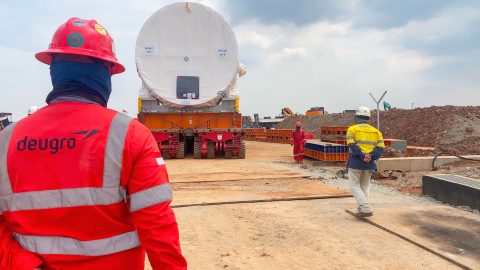
deugro moves 80,000 tons of project cargo to Indonesia
Photo source: deugro
GE recently contracted deugro to transport approximately 80,000 freight tons of project cargo from various origins in Asia, Europe and the United States to Indonesia. The cargo was delivered to a 1,760-megawatt combined-cycle gas turbine power plant project construction site in Java, Jakarta.
Want to read more?
You have read all of your free premium articles for this month. Please become a subscriber to keep reading.
Subscribe now!
Take advantage of our exclusive offer to get full access to all premium content.




